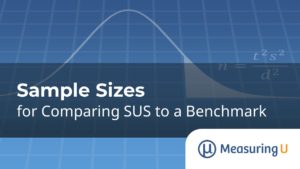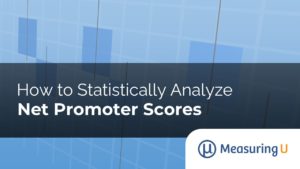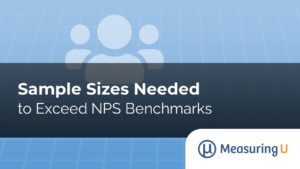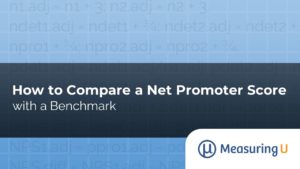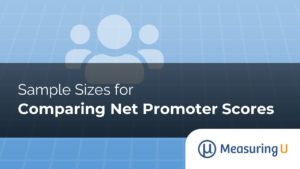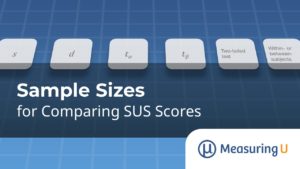
Sample Sizes for Comparing SUS Scores
Microsoft Word is a widely used word processing program, part of the Microsoft Office suite of programs. While its dominance has been challenged recently by Google Docs, Word still leads on the features list, providing many features that Google’s offering lacks. But adding features can also add to bloat, making common tasks harder as users

